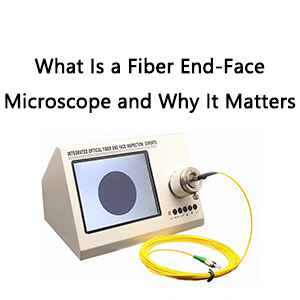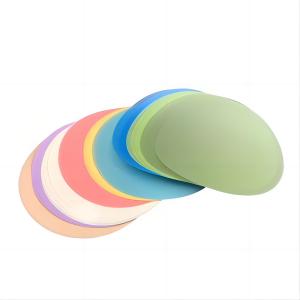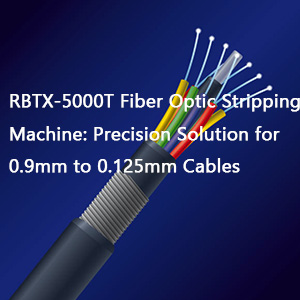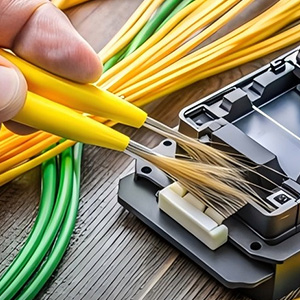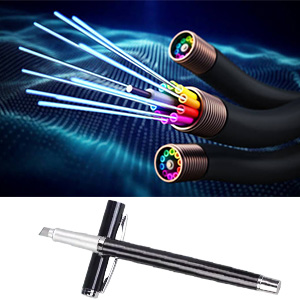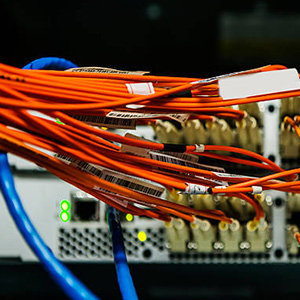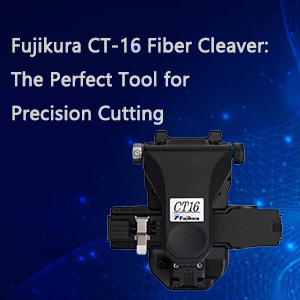The steps and precautions for using a fusion splicer mainly include the following points:
- Preparation: Make sure that all the necessary tools are complete, including a fiber fusion splicer, a fiber cleaver, a wire stripper, 99% industrial alcohol, cotton, heat shrink tubing, etc.
- Fiber preparation: Use a wire stripper to strip a section of bare fiber and clean it with alcohol cotton. Then use a fiber cleaver to cut the fiber, keeping the cut end face vertical, with an error generally within 1-2 degrees. Note that you should clean before cutting to ensure the cleanliness of the fiber end face.
- Fusion process: Put the prepared fiber into the fiber fusion splicer, and ensure that the straight line of the fiber end face is aligned with the 1/2 of the middle straight line of the electrode rod. Then put down the presser foot, cover the windproof cover, and start the fusion process. The entire fusion process takes about 15 seconds (the specific time varies depending on the different fusion splicers).
- Discharge experiment: Before fusion splicing, conduct a discharge experiment to ensure that the discharge intensity of the fusion splicer is adapted to the current environment. This includes adding the optical fiber, selecting the “discharge test” function, and observing the discharge intensity displayed on the screen until the “discharge OK” prompt appears.
- Fusion completed: After the fusion is completed, place the heat shrink tube in the center of the fusion part, give a certain tension to ensure fixation, and then put the fusion part of the optical fiber into the heating tank, cover the lid, and start the heating process.
- Precautions: Make sure that the type of optical fiber to be fused matches the type of heat shrink tube required to avoid mismatching.
- Before fusion, adjust the settings of the fusion splicer as needed, such as the type of optical fiber (SM, MM, etc.).
Note that when the environment changes (such as when the location changes by more than 300KM or the altitude changes by more than 1000M), a discharge experiment is required to adapt to the new environmental conditions.
During the operation, keep the optical fiber and the fusion splicer clean to prevent dust and dirt from entering and affecting the fusion quality.
The above steps and precautions can ensure the correct use of the fusion splicer, thereby improving the quality and efficiency of optical fiber fusion.


